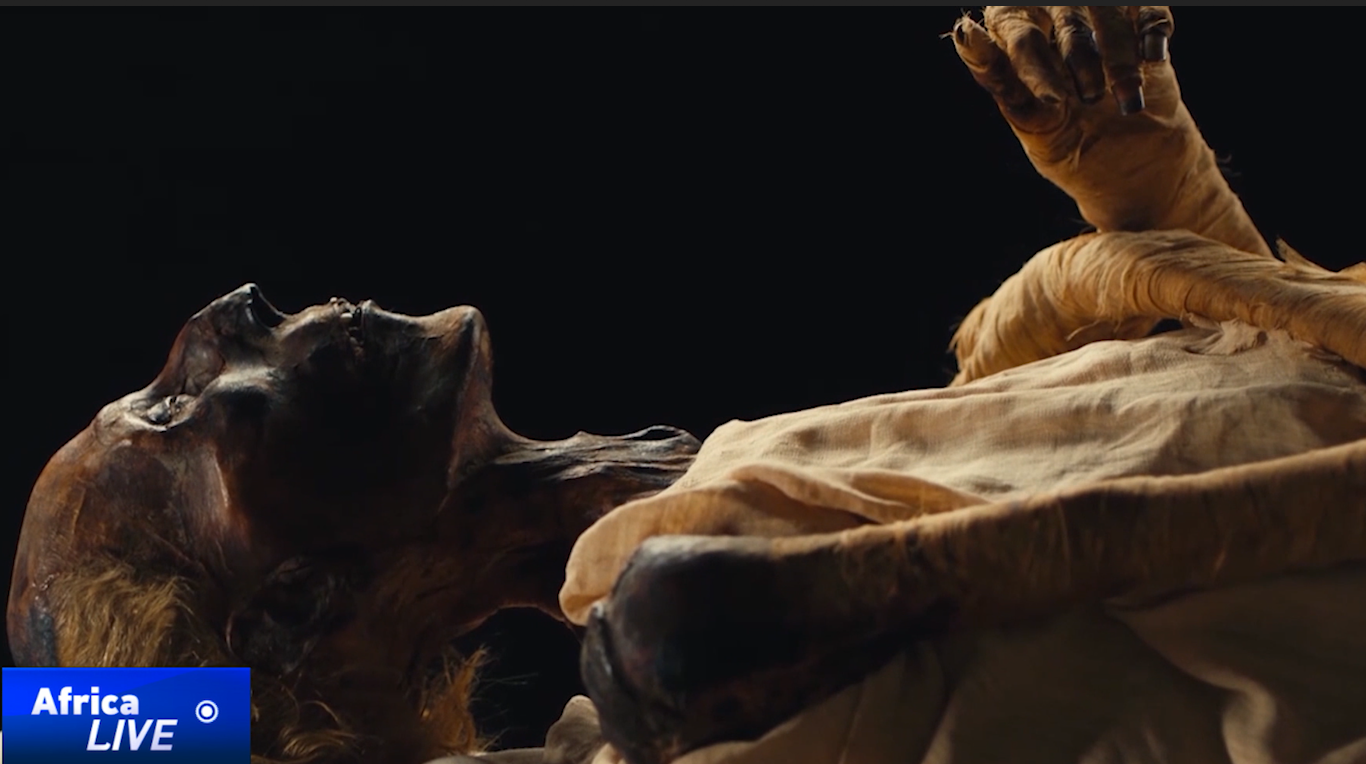
1.4-Million-Year-Old homo erectus handaxe unearthed in Ethiopia
A 1.4-million-year-old large bone fragment shaped into handaxe-like form has been found in Ethiopia by paleoanthropologists working at the Konso research area.

According to a publication, Sci-News, the newly-discovered handaxe is a “bifacially flaked fragment of a hippopotamus femur (thigh bone)” and it measures 12.8 by 7.5 by 4.6 cm.
The ancient artifact was analyzed by University of Tokyo paleoanthropologist Gen Suwa and his colleagues from Japan, Ethiopia and Hong Kong.
The researchers found that the handaxe bears at least 44 secondary flake scars (28 on the cortical face and 16 on the inner face). These range in size from 3 cm to less than 1 cm.
The bone tool is the oldest known extensively flaked example from the Early Pleistocene period. It is also only the second bone tool recognized as a handaxe from the early Acheulean, a type of stone tool industry characterized by large bifaces.






